
PART 2: GETTING RICH FROM RICE: LAND, BRAND AND CARBON CREDIT PROBLEMS
Challenges revealed through the 2025 crop season
The 2025 crop season is a harsh test, as the Ninh Binh rice industry not only has to face natural disasters and climate change but also suffers from the double impact of falling rice prices in the market. These difficulties have clearly revealed the shortcomings that need to be resolved.
Climate change is a reality that is present, directly and increasingly severely affecting rice production. The fact that the last crop was directly affected by 5 storms and record-breaking rainfall shows that the climate situation will become increasingly severe, directly threatening the yield and quality of rice, requiring readiness to respond.
In recent times, the irrigation system for rice cultivation has been upgraded to prevent and combat drought, flooding, high tides, floods, and salinity. However, with the complex climate change situation, this system needs to continue to be invested in not only to cope with natural disasters, but also to meet the high technical requirements of modern production. Specifically, the irrigation system needs to serve specialized, large-scale production areas, applying synchronous mechanization, meeting the requirements of cultivation in the new situation.
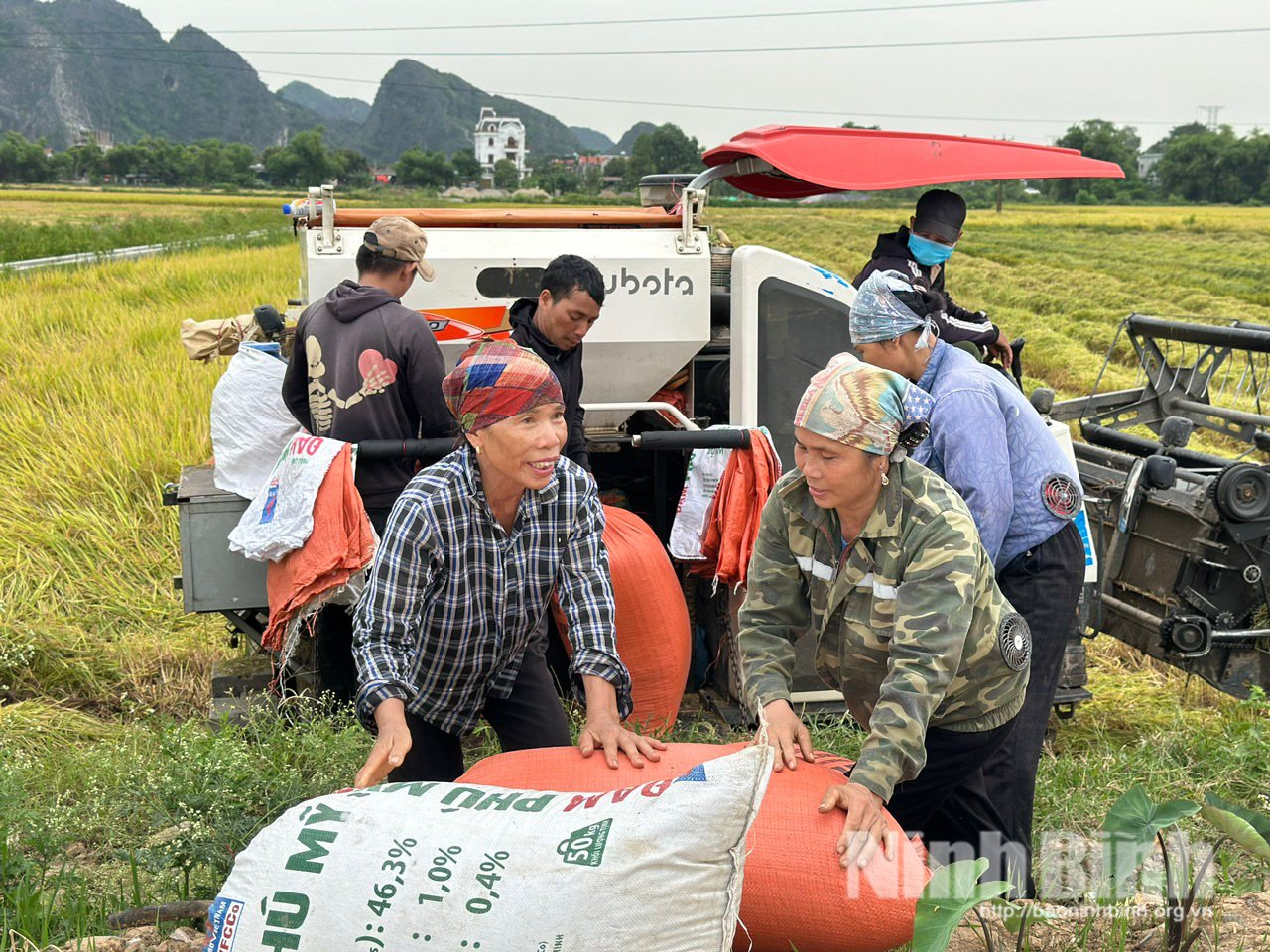
In addition, the harsh weather conditions, especially the continuous rains falling right at harvest time, have clearly shown the limitations of our post-harvest infrastructure. The lack of a modern, synchronous drying, storage and logistics system has resulted in the harvested rice not being able to be dried, and without a drying oven, the quality has been reduced.
All the problems are deeply rooted in the fact that rice production is still on a small-scale, fragmented farm. This situation hinders the introduction of comprehensive mechanization into production and is the biggest barrier to investment in modern processing and preservation infrastructure.
Along with climate risks, fluctuations in rice prices in the 2025 crop season have “shaken” farmers’ production psychology. This uncertainty stems from the fact that consumption linkages are still very low and unsustainable. The low linkage rate means that the majority of farmers have to face market pressure directly.
Strategic vision and breakthrough policies
The combination of external risks and internal problems has posed a major and urgent challenge, requiring strategic solutions. In particular, to break down the barriers of fragmented production, strong policies are needed to encourage land accumulation for the “big land” class, creating truly large fields. When large scale is established, the synchronous application of mechanization and advanced technical processes will become feasible and bring higher economic efficiency.
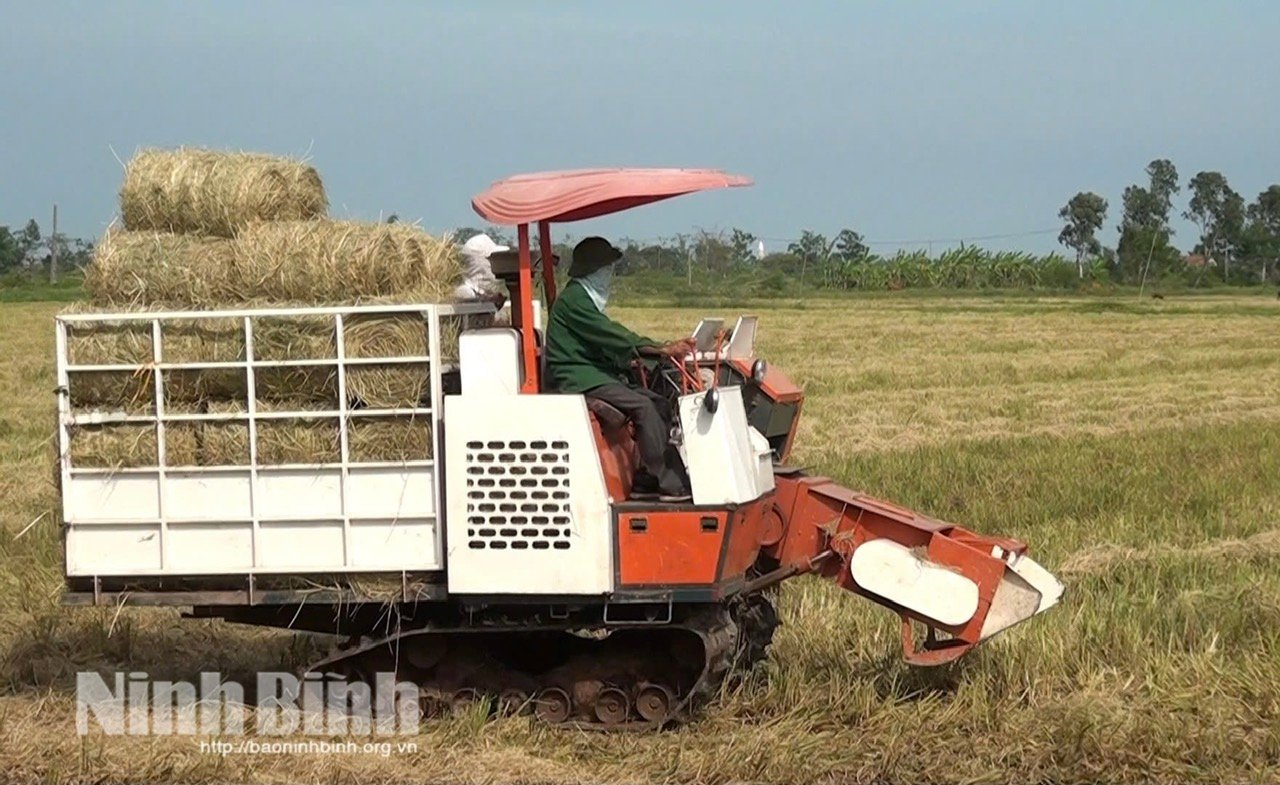
A new generation of farmers is ready to take the lead but needs timely support to successfully accumulate land. Farmer Trinh Viet Chien (Hoa Lu city) shared: Renting land to expand production in many localities is not simple. Some people, although having stable jobs from other fields, do not have the need for agricultural production and some are even willing to leave their fields fallow but do not want to transfer or lease the land to others. Some other households do not want to exchange their fields, even lease them out but when they see others doing business effectively, they want to take them back...
Mr. Vu Van Bac (Quang Thien commune) raised another aspect: The rented land is fragmented, and it takes a lot of effort to accumulate, and the lease term is usually only 3-5 years. It is very difficult for us to do this in such a short time because we cannot risk making a large investment to level the fields or build irrigation canals.

Once the problem of production organization has been solved, the next solutions will focus on technology and quality to maximize the value of rice grains. Building a sustainable rice industry requires a strong strategic vision. Mr. Lam Van Chieu, Deputy Director of Cuong Tan Company Limited, pointed out that Ninh Binh has many static advantages in rice production compared to other localities in the Red River Delta, thanks to the ratio of soil glue, good soil quality, favorable drainage slope, many hours of sunshine, and people with experience in intensive rice cultivation.
However, the Deputy Director of Cuong Tan Company Limited emphasized that these natural factors only determine 30% of success. The remaining 70% depends on the movement and determination of the agricultural sector leaders, especially in implementing policies such as Resolution 57 of the Politburo on breakthroughs in science and technology development, innovation and national digital transformation.
According to him, the core issue is how to effectively bring science and technology to farmers, identifying the appropriate path and focus of development. This requires planning concentrated, high-tech agricultural production areas, while creating conditions for loans and support through leading enterprises to lead this change. It is necessary to replicate the model of close linkage, where enterprises play the role of "insurance" and technical instructors. There needs to be a mechanism of priority, incentives, and encouragement for units with production linkage chains, product consumption, and a synchronous, modern warehouse and logistics system.
From the management perspective, Mr. Nguyen Sinh Tien, Deputy Director of the Department of Agriculture and Environment, said: Firstly , in the work of reorganizing production, we will expand and promote the effectiveness of land leasing and concentration models, forming large fields, linked fields, organizing rice value chains from production, processing and consumption. In particular, to thoroughly remove the barriers of fragmentation and the mentality of keeping land, the Department will advise on the issuance of breakthrough policies on stable land lease terms, helping large farms feel secure in long-term investment, creating real motivation for successful land accumulation.
Second, regarding technology and adaptation to climate change, the Department will strengthen the transfer of science and technology, support farmers to promote mechanization, implement advanced technical processes, sustainable intensive farming measures in the context of climate change, reduce the use of inorganic fertilizers and plant protection chemicals. In particular, a key solution is to expand the model of applying alternate wet and dry rice cultivation (AWD), adapting to climate change to improve farming efficiency, reduce methane emissions (CH4), create carbon credits, save irrigation water and increase income for farmers.
Third, increase the digitization of fields, manage growing area codes, and trace the origin. Notably, we will propose preferential mechanisms on capital and land to encourage businesses to immediately invest in modern, synchronous drying, storage and logistics systems, especially in concentrated production areas.
Finally, in terms of developing the value of rice grains, we determined that we must focus on developing post-rice industry, deep processing and product branding. In particular, connecting agriculture with tourism and creative economy. When rice grains are not only food, but also raw materials for cuisine, cosmetics, pharmaceuticals, fashion, and experiential tourism, then the “invisible value” of rice grains will be much greater than the tangible value.
Thus, with the synchronous combination of production reorganization (land accumulation, capital contribution), breakthrough technology (emission reduction, digitalization) and strategic leadership (leading enterprises), Ninh Binh will have enough potential to create a prosperous and sustainable rice industry.
Source: https://baoninhbinh.org.vn/de-nganh-lua-gao-phat-trien-ben-vung-ky-2-lam-giau-tu-cay-lua-bai-toan-dat-dai--251112152204075.html



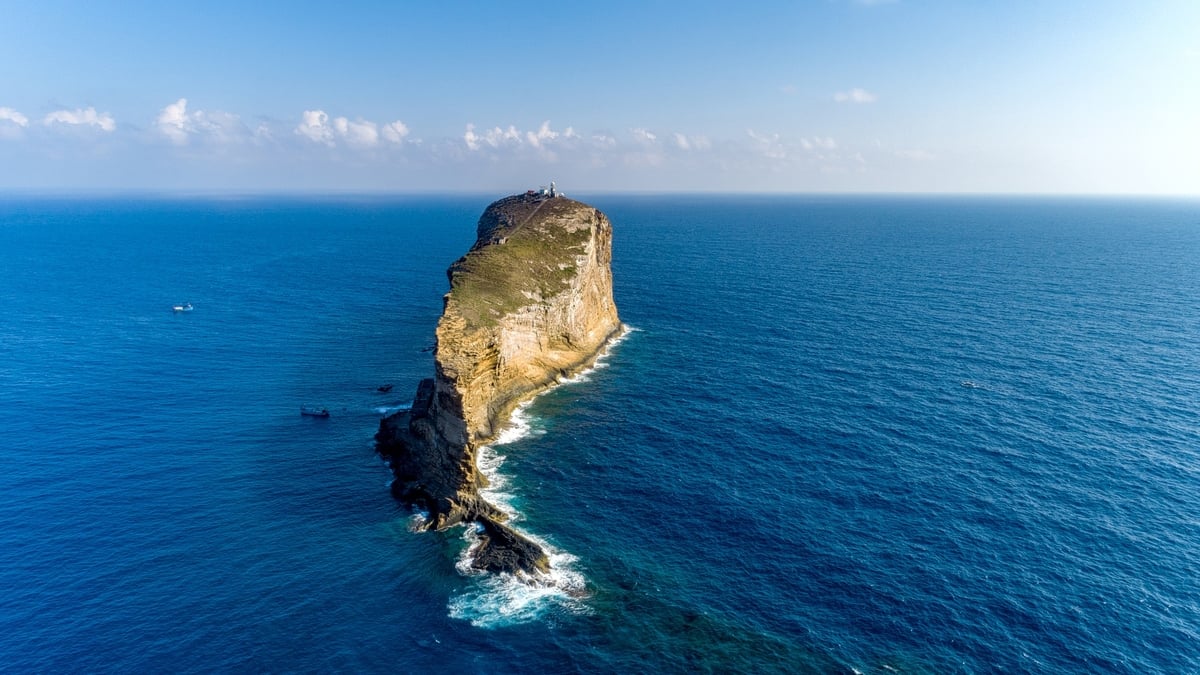


![[Photo] Action for the Community tells stories of enduring journeys – both intimate and great, yet quiet and determined](https://vphoto.vietnam.vn/thumb/1200x675/vietnam/resource/IMAGE/2025/11/15/1763179022035_ai-dai-dieu-5828-jpg.webp)

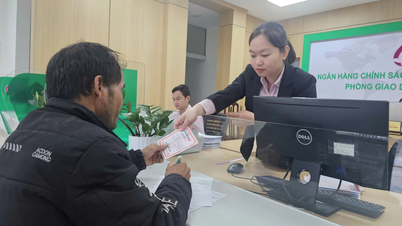



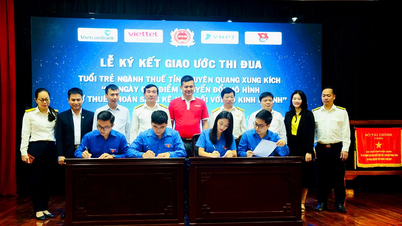

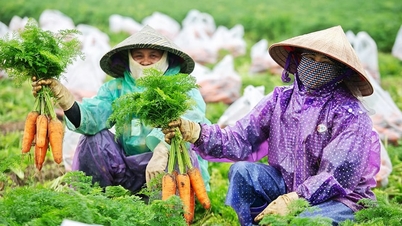

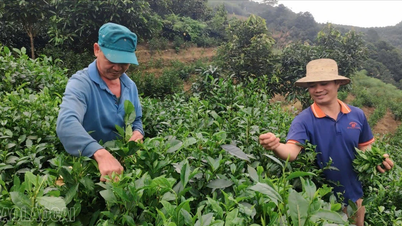

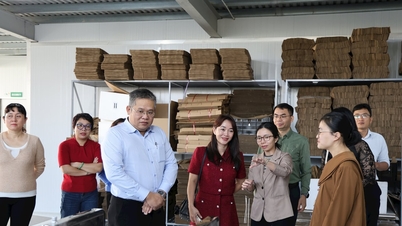






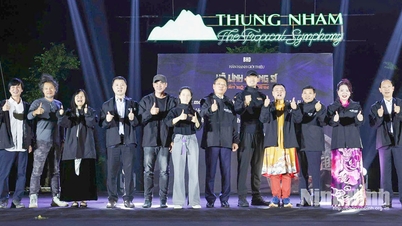
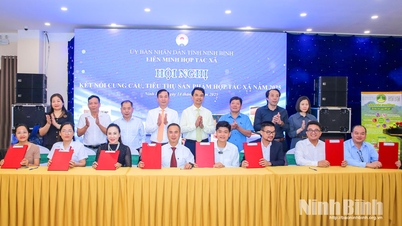


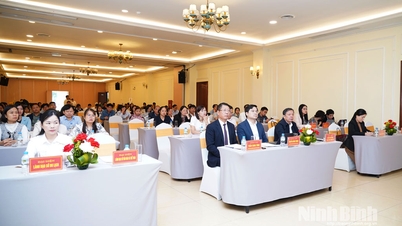


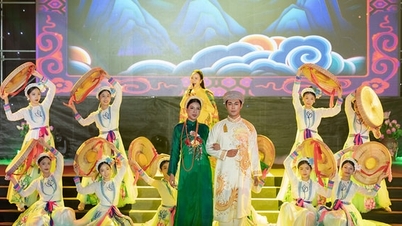





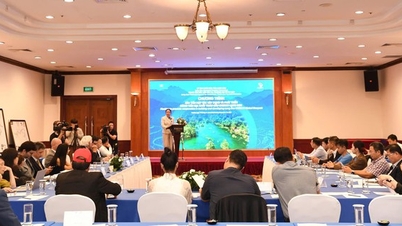






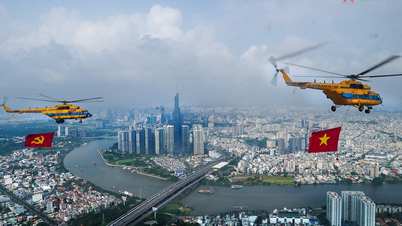





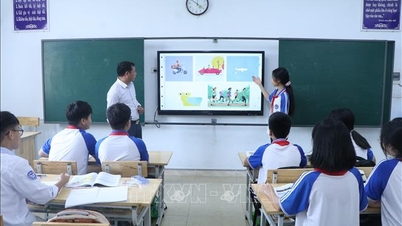

































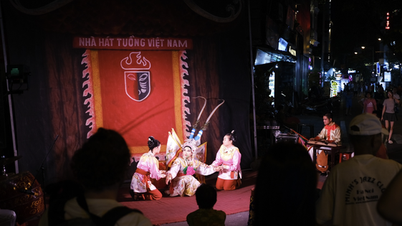



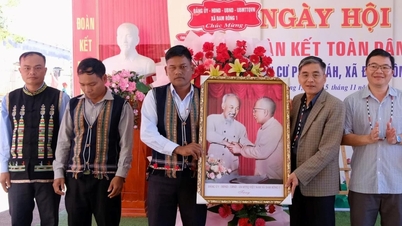
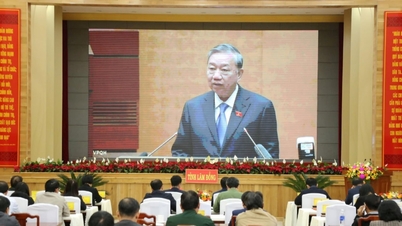















Comment (0)